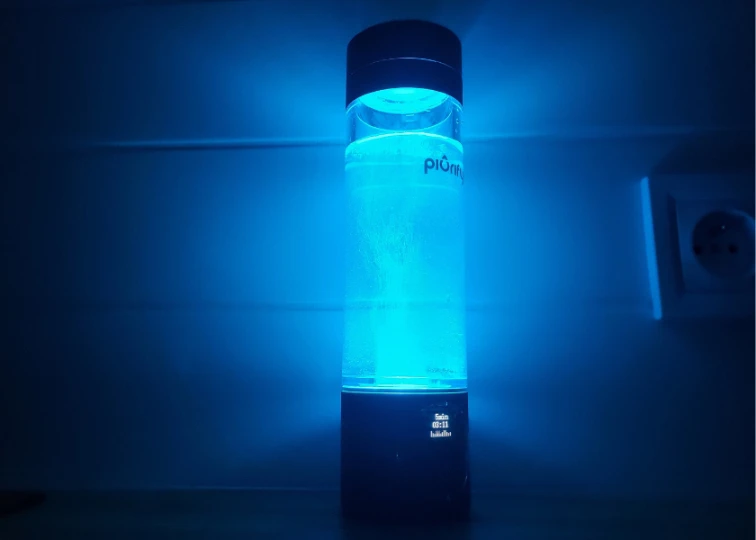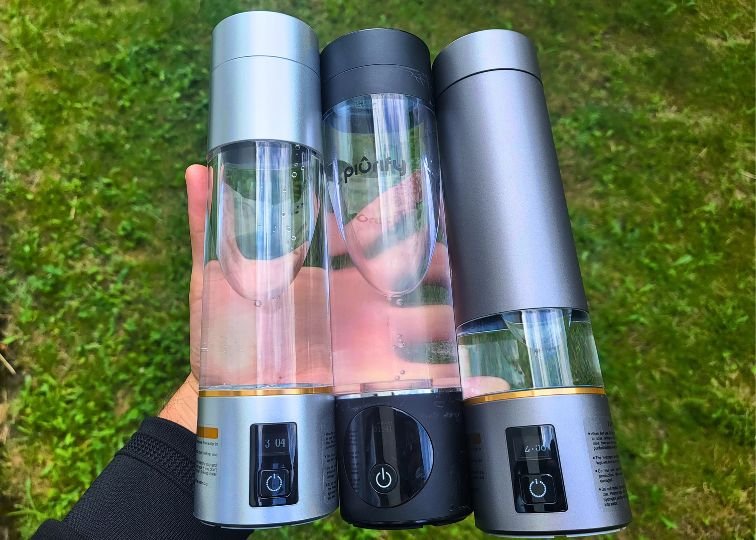You wouldn’t think a tumbler could start a personality crisis, but here I was, staring at my cart wondering if I was more of a “rugged YETI” or a “pastel Stanley”.
One promises to survive a bear attack. The other practically has its own fan club on TikTok. Both claim to keep your drinks cold for hours. Both aren’t exactly cheap. And yet people are obsessed.
So I did what any slightly over-caffeinated adult would do: I bought both.
In this honest breakdown, I’ll walk you through what actually matters, how they feel, how they perform, what the internet doesn’t tell you, and which one (if any) is worth the hype.
Some of the links on this page are affiliate links. This means that if you click on one of the links and make a purchase, I may earn a small commission at no additional cost to you.
Stanley Quencher ProTour (40 oz) | YETI Rambler (42 oz) | |
|---|---|---|
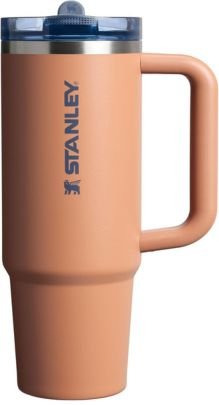 |  | |
Price | $45 | $45 |
Material | 18/8 stainless steel | 18/8 stainless steel |
Weight | 2.05 lbs. | 1.72 lbs. |
Warranty | Lifetime | 5 years |
Cold retention | 24+ hours (with ice) | 24+ hours (with ice) |
Heat retention | Not intended to use with hot liquids | Not intended to use with hot liquids |
Fits in most cup holders? | YES | YES |
Leakproof? | YES | YES |
Dishwasher safe? | YES | YES |
Best for | Commuting, office use, or casual outings | Those who need rugged, no-nonsense durability like campers, hikers, or anyone frequently on the move. |
My Score | 4.6/5 | 3.8/5 |
Buy Now |
Insulation
Both the Stanley and YETI tumblers feature double-wall vacuum insulation, which is the primary reason behind their premium price tags. When spending upwards of $40 on a tumbler, it’s only fair to expect it to keep your drinks cold for a full 24 hours – that’s the gold standard in the high-end drinkware market.
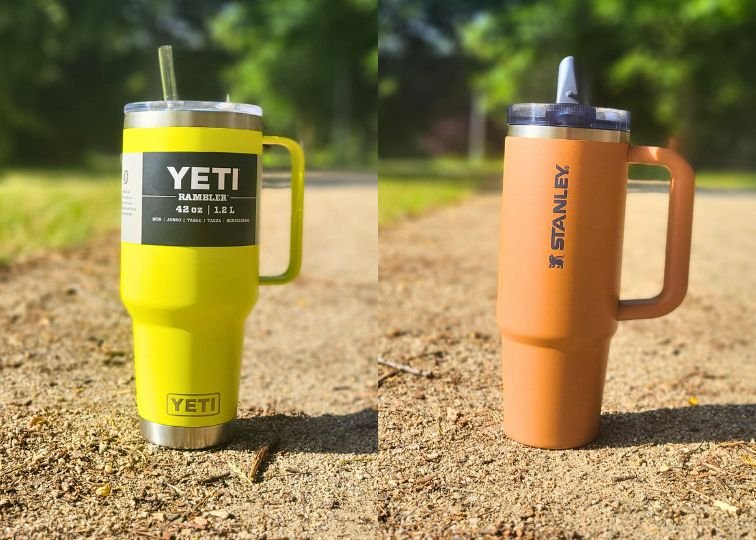
Now, whether a tumbler truly keeps water “cold” for that long depends on what temperature you personally consider to be the threshold between cold and lukewarm. That line is different for everyone. For me, anything above 59°F (15°C) starts to feel noticeably warm.
With that in mind, I can confidently say that if you fill either the Stanley or the YETI tumbler with at least one-third ice, both will easily keep your drink cold for 24 hours, and potentially even up to 48 hours if you’re generous with the ice.
But I wanted to push the limits further. So I ran what I call a “platinum-tier” insulation test – no ice, just cold water. If a tumbler can maintain sub-59°F water without any ice for 24 hours, that’s insulation excellence in my book.
Here’s how Stanley and YETI performed in this tougher, no-ice test:
- Initial water temperature: 32.4°F (0.2°C)
- After 24 hours:
- Stanley: 65.7°F (18.7°C)
- YETI: 66.4°F (19.1°C)
So, neither passed the test. Both drifted well above the 59°F mark, but they weren’t that far off. If you’re curious how these results compare to other tumblers, see my ranking of the best tumblers. (Spoiler: Stanley and YETI didn’t take the top spot.)
That said, with ice, both of these tumblers perform exactly as you’d hope. In fact, Stanley holds a very slight edge over YETI when it comes to maintaining lower temperatures over time.
Durability
Both tumblers are crafted from high-quality 18/8 stainless steel and feature BPA-free plastic lids. That’s standard for premium drinkware, but the real difference lies not just in the materials used, but in how those materials are put together. Construction quality, wall thickness, and overall engineering play a huge role in how well a tumbler holds up over time.
One area I always pay close attention to is the bottom of the tumbler. It’s the part that takes the most abuse, especially if you’re prone to accidental drops. A thin bottom wall can dent easily, even if the rest of the tumbler feels solid.
So, which brand takes the crown for durability? For me, it’s YETI.
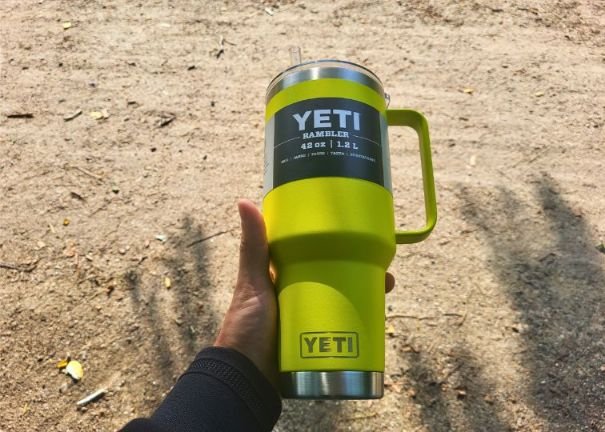
At a glance, Stanley and YETI may seem equally rugged, but after using both extensively on a daily basis, the subtle differences start to emerge. YETI just feels more solid overall. The walls (especially the bottom) are slightly thicker, giving it that extra bit of reinforcement where it matters most.
And if you’ve ever owned a YETI product, this probably won’t surprise you. The brand is practically built on the promise of toughness and long-lasting gear. This tumbler lives up to that promise. It feels like it was made to survive rough conditions, whether that means tumbling around in the back of a truck or getting dropped on pavement during a hike.
The YETI tumbler is actually my third product from this brand. I also own two of their bottles, and I recommend them if you’re looking for maximum durability.

That’s not to say Stanley is fragile. Quite the opposite. I haven’t experienced any dents, cracks, or major scratches on mine. It’s performed just fine. But when I know I’ll be putting my gear through some serious wear and tear, like a weekend camping trip or long travel day, I instinctively reach for the YETI.
Portability
For many people, portability is one of the main reasons to buy a tumbler in the first place. And it makes sense. Compared to bulky reusable water bottles, tumblers offer a more streamlined, travel-friendly design. Both Stanley and YETI live up to that promise.
First things first: car cup holders. Both tumblers pass the cup holder test with flying colors. If you’ve ever noticed that odd tapering at the bottom of most tumblers, it’s there for a reason. It’s specifically designed to fit into standard car cup holders, which usually measure around 3 inches in diameter. Even the largest 40-plus-ounce versions of Stanley and YETI stay just under that mark, so you’re good to go for road trips, commutes, or your daily drive to work.
The handle design plays a big role too, especially when you’re carrying your tumbler for more than a few minutes. And here, Stanley clearly has the edge.
While opinions may vary, I personally find Stanley’s handle far more comfortable and practical. It’s made of smooth, thick plastic that’s easy to grip and doesn’t dig into your fingers. On the other hand, YETI’s steel handle feels sleek but less forgiving. It’s thinner, with sharper edges that can feel awkward and even uncomfortable after a while.

Another key factor in portability is weight. You might assume the heavier tumbler would be the one with thicker walls, but in a bit of a twist, Stanley actually weighs more than YETI, despite holding slightly less. My 40-ounce Stanley comes in at 2.05 pounds, while the YETI (42 ounces) weighs just 1.72 pounds. This caught me off guard at first, but the reason becomes clear when you compare the handles. Stanley’s oversized, solid handle likely adds a noticeable chunk of weight.
So, in terms of raw numbers, YETI gets a point for being lighter. But in real-world use, especially when carrying your tumbler around by the handle, Stanley wins hands down.
Leakproofness
When it comes to leakproofness, Stanley takes the crown, at least in my experience. The result largely depends on which version of the YETI tumbler you choose, because YETI offers two main lid types: the straw lid and the MagSlider lid (that you can find here).
The straw lid, which I opted for, is not leakproof by any stretch. At best, it’s splash-resistant. That’s because there are no sealing mechanisms to block liquid from escaping. If you accidentally tip it over, you’re going to have a spill.
The MagSlider lid on the other hand, is completely leakproof, and YETI proudly markets it as the only drink lid that uses a magnetic slider to seal your drink. It’s a clever design and definitely adds some tech appeal. But, and here’s the catch, it doesn’t come with a straw. For some people, that might not be a big deal. For others, like me, it’s a dealbreaker.
Why? Because I often use my tumbler while driving, and drinking from a lid without a straw feels awkward and distracting. I’d have to tilt the tumbler, watch my grip, and basically take my focus off the road. Not ideal. So while the MagSlider lid offers excellent leak protection, it simply doesn’t fit my day-to-day lifestyle.
This is where Stanley really shines. It comes with a single lid that checks all the boxes: it’s leakproof and has a built-in straw. The secret lies in a foldable straw mechanism that seals the opening when not in use. Stanley offers the most practical and lifestyle-friendly solution.
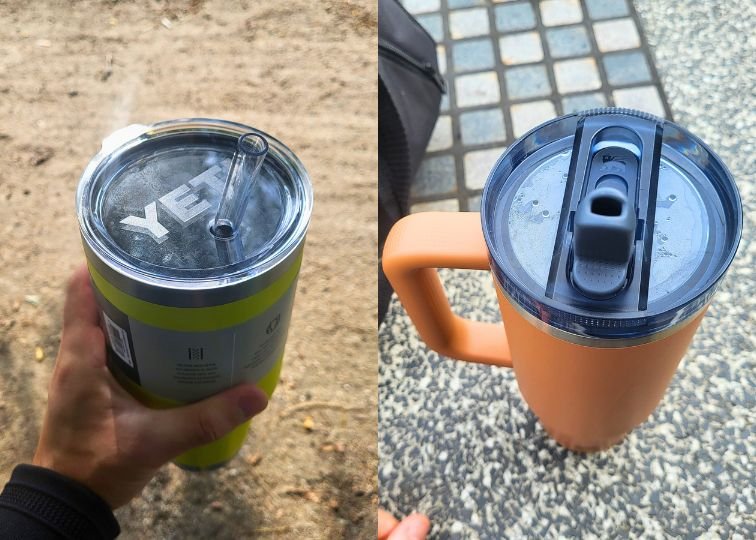
Versatility
When it comes to versatility, the key question is simple: can your tumbler handle both cold and hot drinks? If it can, that makes it a year-round companion, from iced water in the summer to hot coffee on a frosty morning.
So, how do Stanley and YETI perform in this department?
Let’s start with Stanley. According to the company, the ProTour tumbler is designed specifically for cold beverages. They explicitly state it’s not intended for hot liquids, and that kind of disclaimer usually isn’t just legal fluff. There’s likely a real reason behind it – perhaps the interior materials could degrade, the vacuum insulation might weaken, or pressure from hot steam could cause the lid to malfunction. That said, I’ll admit I’ve still used it for warm tea or coffee on occasion. But I make sure it’s just warm, not steaming hot.
If you’re looking for a tumbler that can handle hot liquids, the Stanley Quencher H2.O FlowState is a solid choice. It’s designed to keep drinks hot or cold for hours and does an excellent job with both. However, there is a tradeoff: unlike the Stanley ProTour, the FlowState is not leakproof. So while it’s a better pick for sipping hot coffee or tea, it’s not ideal for tossing into a bag or placing on a car seat without worrying about spills. You can check out my full review of the Quencher H2.O FlowState.

YETI, on the other hand, gives you a bit more flexibility, depending on the lid you choose. The straw lid, which many people opt for due to ease of sipping, is not suitable for hot drinks. This makes sense, because plastic straws and hot liquids don’t mix well, both for safety and comfort reasons.
However, if you go with the MagSlider lid, you’re in luck. That version is perfectly fine for hot beverages. The catch, of course, is that it doesn’t come with a straw. So you’re faced with a classic choice: do you prioritize versatility, or do you prioritize convenience?
If you’re stuck deciding, here’s a simple solution: buy the YETI tumbler with the straw lid, and then purchase the MagSlider lid separately for around $12. That way, you get the best of both worlds. In this setup, YETI easily outperforms Stanley in terms of versatility.

Ease of Cleaning
Here things are refreshingly straightforward. Both the Stanley and YETI tumblers are dishwasher safe – that includes the cup, the lid, and the straw. Whether you’re in a rush or just feeling a bit lazy, it’s a relief to be able to toss the whole thing in the dishwasher and move on with your day.
That said, I often find myself washing them by hand. Not because I have to, but because I like the peace of mind that comes from knowing I’ve cleaned them thoroughly, especially around the lid and straw, where residue can build up. Thankfully, it only takes about 3 to 4 minutes to clean them by hand, so it’s hardly a chore.
It’s also worth noting that neither tumbler has any oddly-shaped parts or hard-to-reach corners, which can be a common issue with some other brands.
Price/Value Ratio
When it comes to pricing, Stanley and YETI are nearly identical. I paid $45 for my 40 oz Stanley and $45 for the 42 oz YETI, so we’re looking at a straight head-to-head comparison in terms of cost. Given the premium branding and high build quality of both tumblers, I honestly expected them to fall into the $50 to $60 range. So, at this price point, I was pleasantly surprised.
In fact, I once paid $50 for a YETI Rambler bottle that holds 6 ounces less than the YETI tumbler I’m comparing here.
When you think about that, both tumblers offer strong value for the price. You’re getting premium materials, solid insulation, and reliable performance without feeling like you’re overpaying for the brand name.
But where a real difference emerges is in the warranty. Stanley offers a lifetime warranty, while YETI provides a five-year warranty. Now, five years is still generous, and I’ve never actually had to use YETI’s warranty because their products are built to last. That said, knowing that Stanley backs their tumbler for life gives it a slight edge in this category.
Stanley vs YETI: Which One Is Best For You?
For everyday use, commuting, or just vibing with a cup that looks great on your desk and won’t leak in your bag, Stanley’s Quencher ProTour is my pick. It’s leakproof out of the box, has a comfortable handle, fits in cup holders, and performs exceptionally well with ice. Bonus points for the built-in straw and lifetime warranty.
That said, YETI is still the king of toughness. If you’re camping, hiking, or just want gear that feels indestructible, the YETI Rambler is hard to beat. It’s lighter, more rugged, and can handle hot drinks if you swap in the MagSlider lid.
Stanley Quencher ProTour | YETI Rambler |
|---|---|
 |  |
Final Score: 4.6/5 | Final Score: 3.8/5 |

Jeremiah Kowalski
Hey there! I’m Jeremiah, the guy behind WaterBottleAdvisor.com. I used to have a bad habit of guzzling sodas while working remotely, but thanks to reusable water bottles, I’ve turned my hydration game around. After testing over 50 bottles, I’m here to help you find the perfect one to make staying hydrated a joy, not a chore. When I’m not reviewing bottles, you’ll likely find me scaling steep trails around the world, trusty water bottle in hand.


